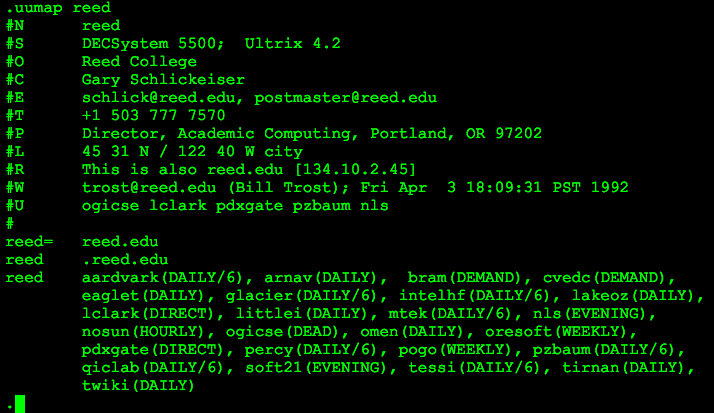|
It’s common for tech industry employees to be compensated with stock options. Stock options are complicated and many engineers I know are terribly naïve about how they work. But options are often the most valuable part of an employee’s compensation! This engineer’s guide to stock options is good reading. Here are some basic questions every owner of stock options should ask their employer. With these answers an accountant can work out the value of the option package and plan a tax strategy.
Many companies are reluctant to answer #2 and #3 (they are equivalent). Trying to keep an employee in ignorance about this is bullshit. Knowing what percentage of the company you own is the only way to evaluate your option package. Companies will generally answer this question if you press hard enough; if they refuse, it is a very bad sign. Tax strategy is important for several reasons. Early exercising could save you ~20% in taxes later on. But even more importantly, early exercising could save you 100% should you leave the company. Most option agreements include a clause where your options disappear 30 or 90 days after you stop being an employee. If you quit and can’t afford the taxes to exercise those options, you can lose everything. Planning ahead matters. One of my first email addresses (in 1989) was tektronix!ogicse!reed!minar. I’m feeling old today and I’m guessing half my readers have never seen an email address like that. It was from the long long ago, in the time that was before the Internet, when UUCP was the main Unix mail system. My unique email address was reed!minar. But there was no ubiquitous routing infrastructure for mail, no global addressing. Unix network email was store-and-forward based on scheduled phone calls and modem transfers via uucico. Each host only talked to a few other hosts. Reed talked to OGICSE regularly, so my address suggested mail be forwarded through there. Other mail hosts might or might not know how to get mail to OGI but they certainly knew how to get to Tektronix, so that sufficed as a global route. UUNET was a hub that knew how to talk to everyone; often addresses began uunet!. The essential idea is that UUCP email addresses included not just the address but the route to that address. It's a powerful idea. But modern Internet systems don’t do that. Instead we rely on global address lookup systems like DNS and global routing systems like BGP. (If anyone can think of a modern system that includes routes in names, please email me via SMTP) UUCP users did build a routing system; pathalias. It relied on UUCP maps published to comp.mail.maps. Those maps were discontinued in December 2000. I haven’t found a modern view onto this data; it’d be fascinating to see the history of the growth of UUCPnet. telehack has a usable snapshot of the data, try uumap reed for instance.  |
||
